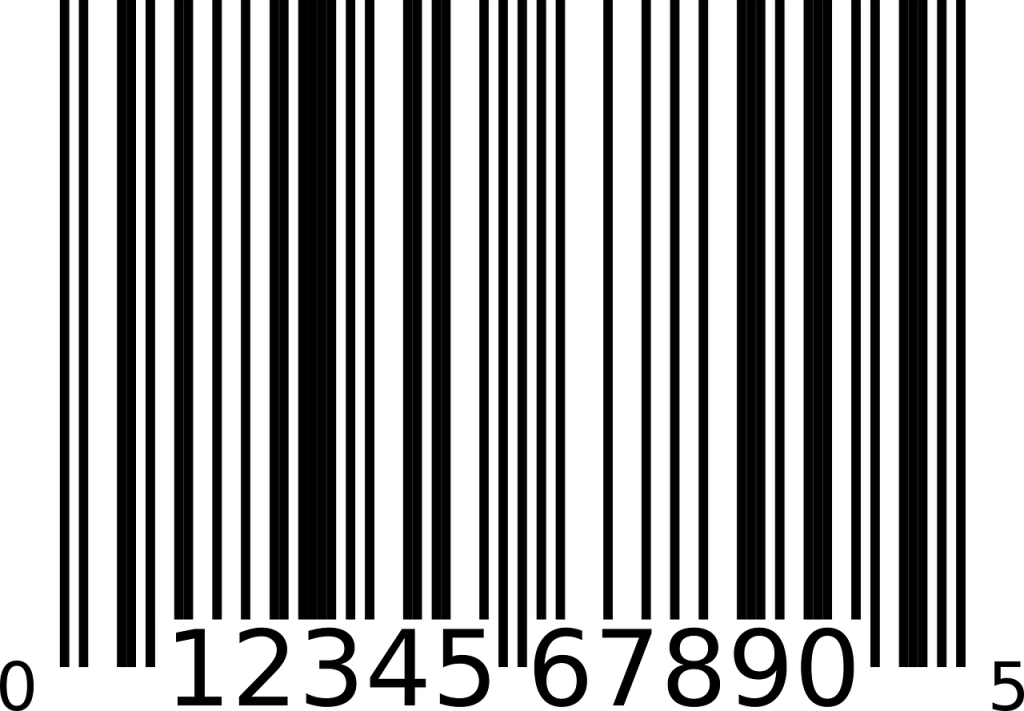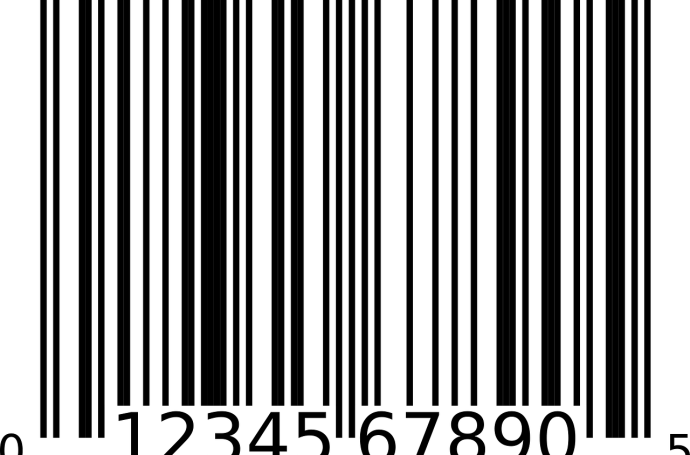
Whenever you go to the shops and pick up an item, it is scanned through its barcode, telling the checkout person what it is, and what its price is. Barcodes are absolutely essential to the proper functioning of our society nowadays. In fact, you can even get apps on smartphones that can read barcodes, telling you what it is, how many calories are in it (if it is consumable), and where you can get the cheapest one! None of that would be possible if it wasn’t for the adhesives keeping barcodes in place, available, for instance, through www.jessupmfg.com.
All about Barcode Label Adhesives
There are three key elements to a barcode label adhesive that are important to be aware of. Those are:
- Shear, which is the measurement that tells someone how strong the adhesive is once it is attached to itself. This is very important if the surface on which the barcode is placed is curved. If the shear is low, the label will easily fall off, so a higher sheer level is required.
- Tack, which measures how good an adhesive is at building an instant bond to the surface on which it is placed.
- Peel, which is the force that is needed to remove a label after it has been put in place.
Next time you see a barcode, take a closer look. You may not realize it, but there are actually a number of different types of backings to their adhesive, with the type depending on the quality of the label and the surface to which it is attached. The weight of the label’s adhesive coating is also very important, and this varies depending to the requirements of the application.
Generally speaking, there are two types of barcode label adhesives:
- Permanent barcode label adhesives, which are the most commonly used. The adhesive properties here are very strong on a range of different surfaces, which includes stainless steel, plastic, and paper. Whenever there isn’t any need for barcodes to be removed, this is the type of adhesive employed.
- Removable barcode label adhesives. These are not as common and will only be found in places where only a temporary barcode is required. A good example of this is when a price tag is attached to a high value item. The temperature at which point removable barcode labels start to adhere starts at 40 degrees F approximately, which is much higher than its permanent counterpart.
There are further subdivisions within barcode label adhesives as well, pointing to more specific applications. This includes glove, rubber, solvent, silicone, food contact, and emulsion friendly adhesives. It also includes pressure sensitive, high temperature, cold temperature, acid free, and acrylic adhesives.
Clearly, the next time you are in a shop and you pick up an item, you may want to check out the barcode and see what it tells you. Interestingly, it is actually a dying art, because most products are now manufactured with the barcode on the packaging material.
